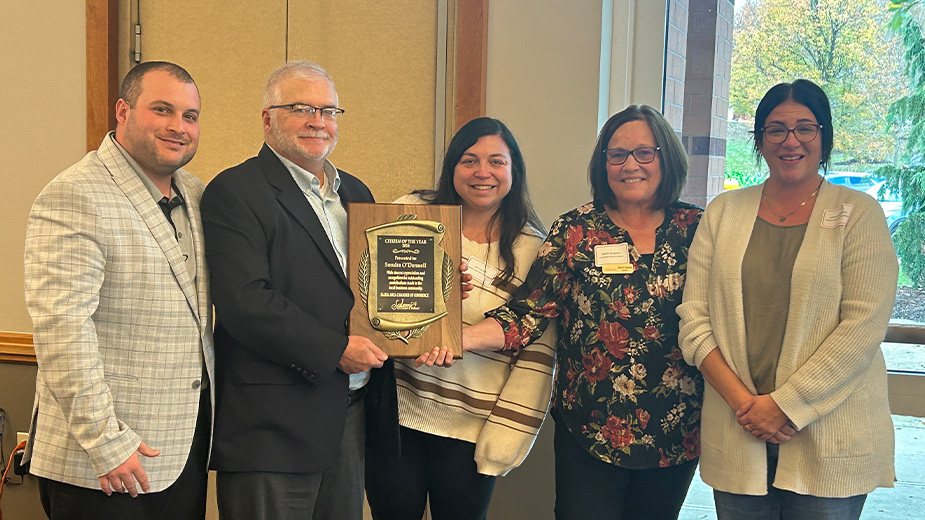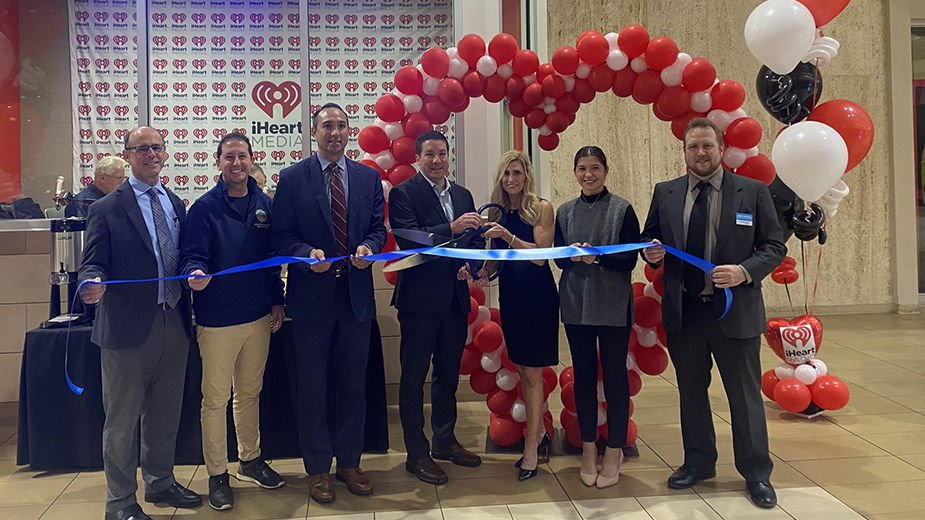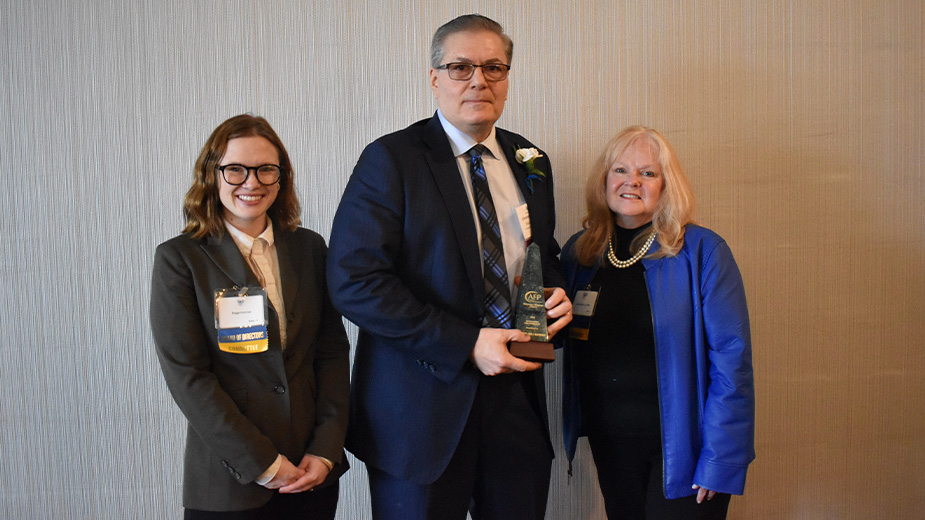Veterans Treatment Court Graduation Moves Audience
YOUNGSTOWN, Ohio – Everyone in City Council chambers was visibly moved Wednesday as the microphone was passed around during ceremonies for the newest graduates of the Veterans Treatment Court.
All were affected in some way, in some measure, great or small, by what the veterans had gone through. The veterans, members of their families and people instrumental in establishing the treatment court, introduced themselves and told how the program has affected their lives.
Some in the audience had served in the military or Navy. Others were the children of veterans or had children in the U.S. armed forces. Still others had devoted their careers to working with former servicemen.
All recognized the challenges that many veterans face upon returning stateside.
“There are close to a million veterans and they’re all coming back without being prepared to come back after the things they’ve seen,” said Judge Robert Milich. “There are 18-year-olds coming back after seeing horrendous things and you can’t expect them to go work at McDonald’s. They have to have an opportunity to adjust and get the tools to deal with a new life.”
Milich is the presiding judge in the veterans court, which started five years ago. The program is an alternative to incarceration, giving veterans connections to organizations such as Veterans Administration hospitals, drug rehabilitation clinics and psychiatrists who address the underlying cause of their appearance in court. Upon completion of the program, all charges are expunged.
“Unless veterans become productive members of society, they’ll be a drain on society, which they don’t want to be. They end up in jail – which costs money – or commit crimes, which can hurt people,” Milich said. “The program also determines what their problems were, whether it’s substance abuse, brain injury, concussions, PTSD [post traumatic stress syndrome]. They are treated and dealt with and are able to manage their life now.”
As of Wednesday, the program has 33 graduates. None who has finished the program has since been in trouble with the law. Evelyn Lundberg Stratton, the retired Ohio Supreme Court Justice who helped start the program, noted that it’s often a struggle to get veterans to seek help.
“They are some of the most highly motivated people, but someone has to be there to help,” she said “That’s the important part of veteran’s treatment court – keeping support around the vets. The statistics coming in show that these courts are the most successful. That’s good news for the gentlemen in here.”
Several graduates and current participants credited much of their success to their mentors, fellow veterans assigned to new members upon their admission to the treatment court, and the treatment team.
“The treatment court has made sure that I get the tools to make progress and do what’s necessary to move forward in my life,” said Robert Lewis, one of the two graduates Wednesday. “It’s on a positive trail. The progress has been an eye-opener.”
Lewis served in Operation Desert Storm and spent time in the Army and Air Force Reserve until 2011. Having veterans helping him – almost all members of the treatment team are veterans – was a big boost, he added.
“The treatment team members have a familiarity with veterans’ issues, with how it feels to be in our skin. It takes a different dynamic than a regular court. We’re a different thread,” Lewis said.
Upon receiving his certificate, William Smaltz, who moved into Phase III of the program, read a quote from Ralph Waldo Emerson, a quote he said was one of his keys to getting through the program.
“What lies behind you and what lies in front of you pales in comparison to what lies inside of you,” he read, continuing, “I don’t know what’s going to happen in the future but I know that within me is strength that comes from God. … It might be harder to get veterans into the program, but once we get in, we’re stronger than anybody.”
Also completing the program is Ronald Stevens, while Keith Logan and James Tinker moved to Phase III with Smaltz. Matt Dermotta completed the first phase of the program Wednesday.
Since its start five years ago, the Veterans Treatment Court here has proven successful and is being expanded within Ohio and adopted nationwide, Stratton said. As many as 400 programs across the country will follow the model established in Buffalo, N.Y., the first city to effect the program in 2008. In Youngstown, steps are underway to bring the program to Mahoning County Common Pleas Court, she added.
Among those at the fifth anniversary ceremony were Ray “Boom Boom” Mancini and Harry Meshel.
Mancini has served on the board of the National Veterans Foundation and helped start the veterans’ court. Meshel, who served in the Seabees in World War II, is a Youngstown State University trustee.
“It’s been an extraordinary experience and I can’t tell you how much we owe the people who’ve joined and work on a daily basis,” Meshel said.
For Mancini, the son of a World War II veteran, seeing Youngstown address the problems retired service members face has made him even more proud of his hometown.
“It’s was, and is, much needed,” the former boxer said, “What I’m most proud of is that Youngstown was one of the first cities in the state and the country to have these courts. We’re at the forefront of this movement.”
Copyright 2024 The Business Journal, Youngstown, Ohio.


